Scenes on the verge of decency
Categories: Culture
By Pictolic https://pictolic.com/article/scenes-on-the-verge-of-decency1.htmlContemporaries called Francois Boucher's paintings a mirror reflecting French court life. He was a favorite artist of Louis XV and his favorite Marquise de Pompadour, but later he was criticized for "frivolity and frivolity."
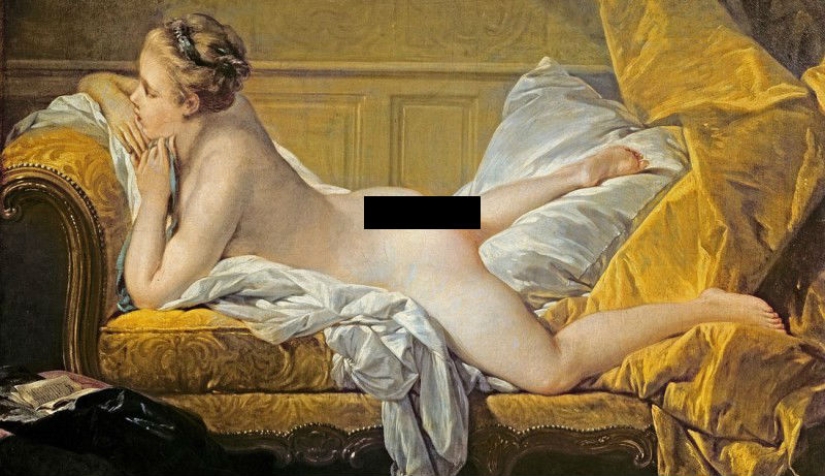
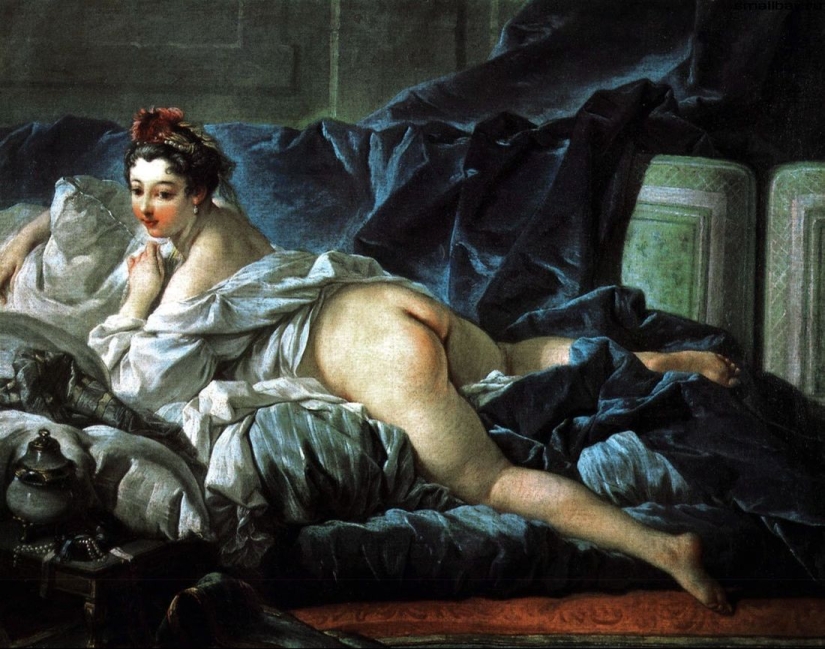
It is believed that fame comes to a good artist only after death. Francois Boucher was an exception to the rule: he was "the first painter of King Louis XV" and director of the Royal Academy of Painting and Sculpture.
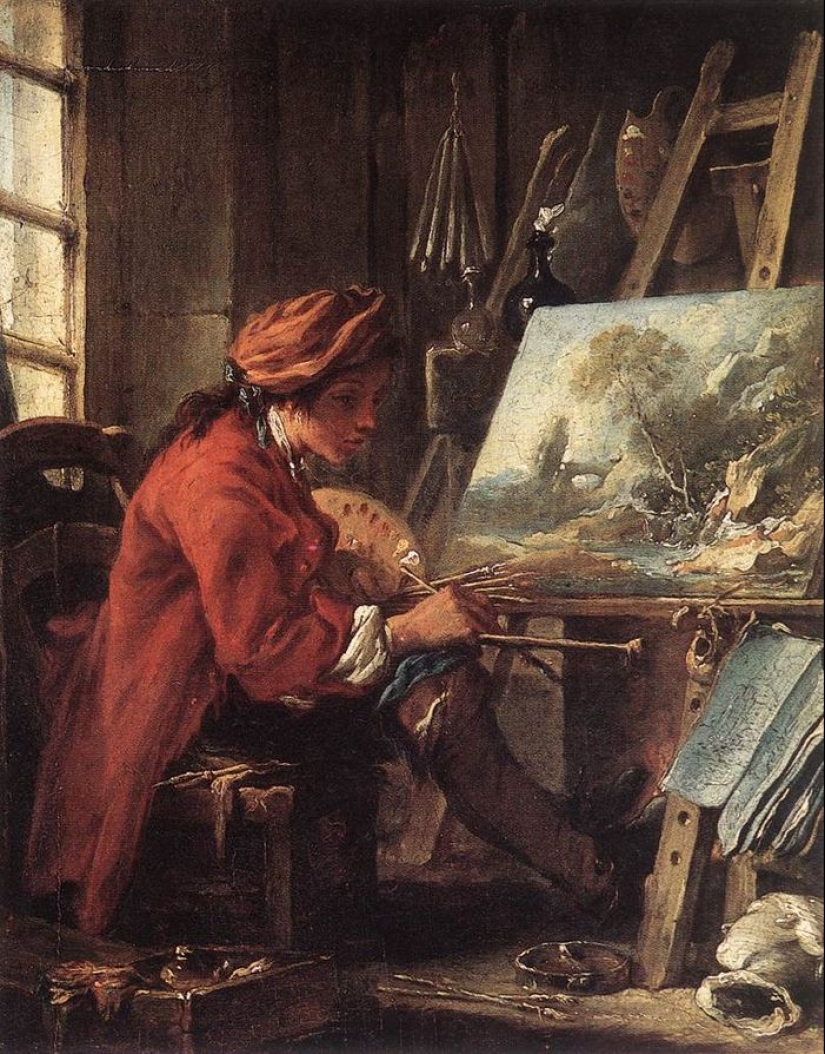
Francois Boucher was born in Paris, September 29, 1703. His father made a living by drawing patterns for embroidery. Noticing the abilities of little Francois, his father sent him to study.
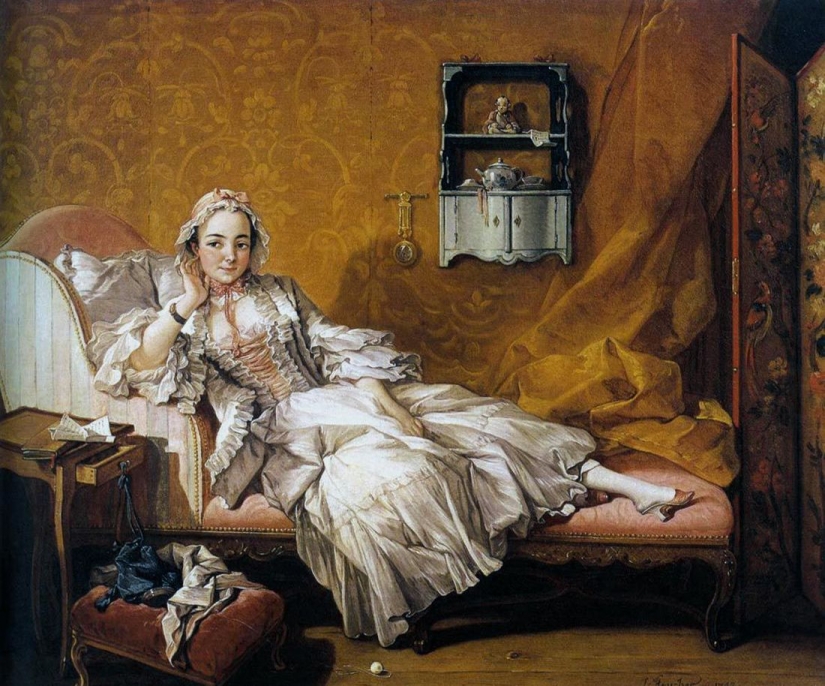
At first, Francois Boucher was engaged in illustrating the "French History" of Gabriel Daniel, traveled to Italy, studying the local masters of painting, painted canvases on mythological and biblical subjects, scenes in the interior, landscapes, pastorals and even created scenery for ballets. In short, he was a very versatile and extremely socially useful master.
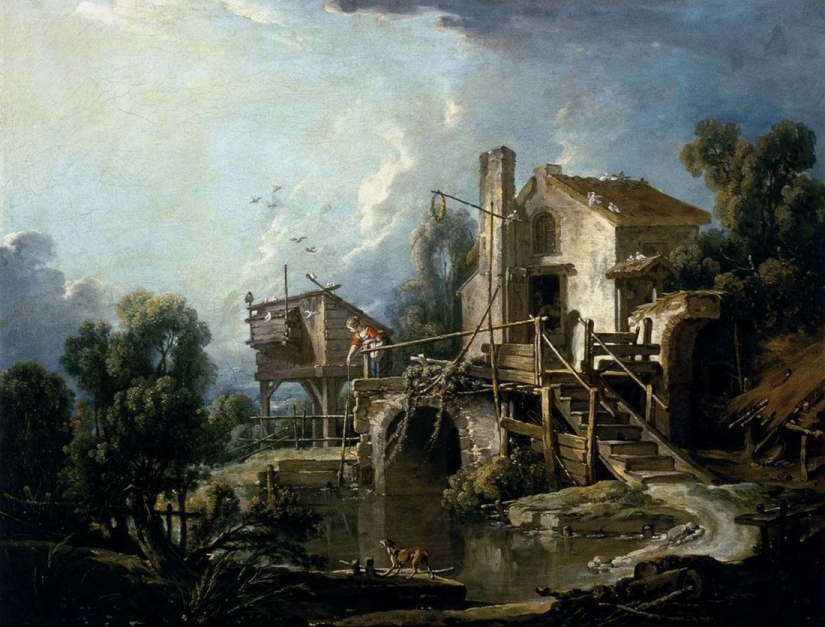
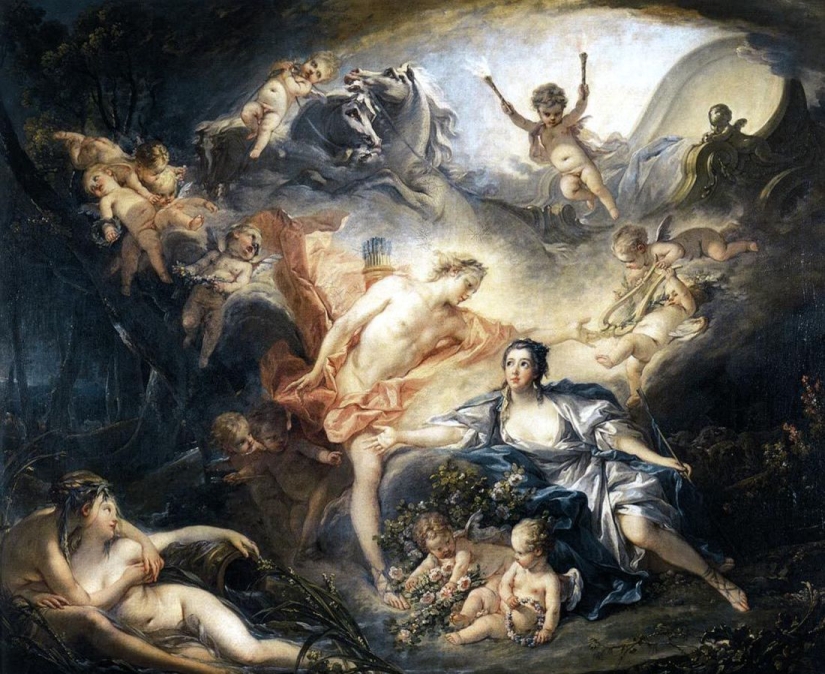
Most likely, this would have continued. Francois Boucher would have become quite a successful painter, painted his landscapes and pastorals for himself and would certainly have won recognition from a relatively wide number of connoisseurs of fine arts. But I would only be one of the good artists.
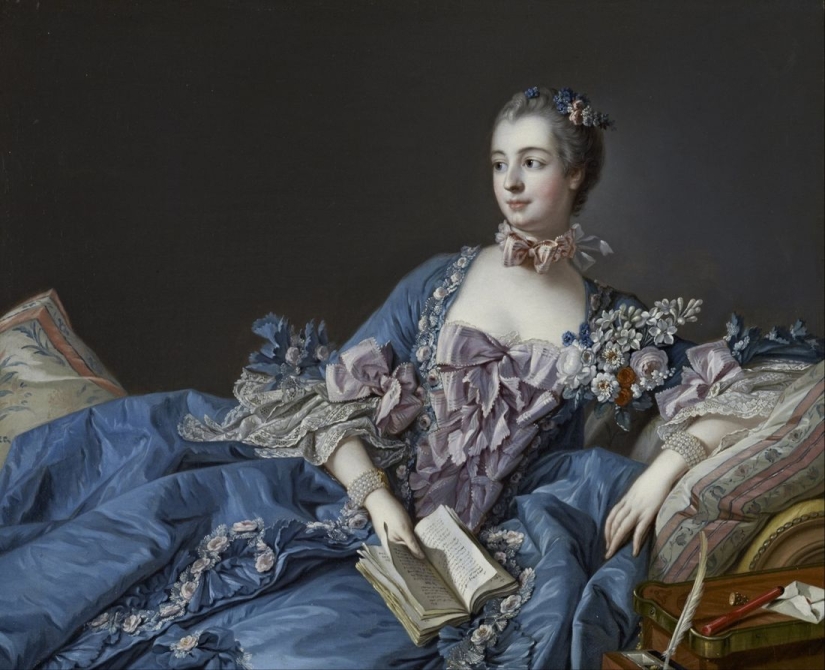
Everything was changed by the favorite of the king, the Marquis de Pompadour. Unlike Louis, who was narrow-minded, lazy and depraved, she was educated, intelligent and, as was customary in those days, patronized writers, sculptors and artists. But she did not differ in good taste and sense of proportion: Voltaire, for example, she irritated with her philistine manners.
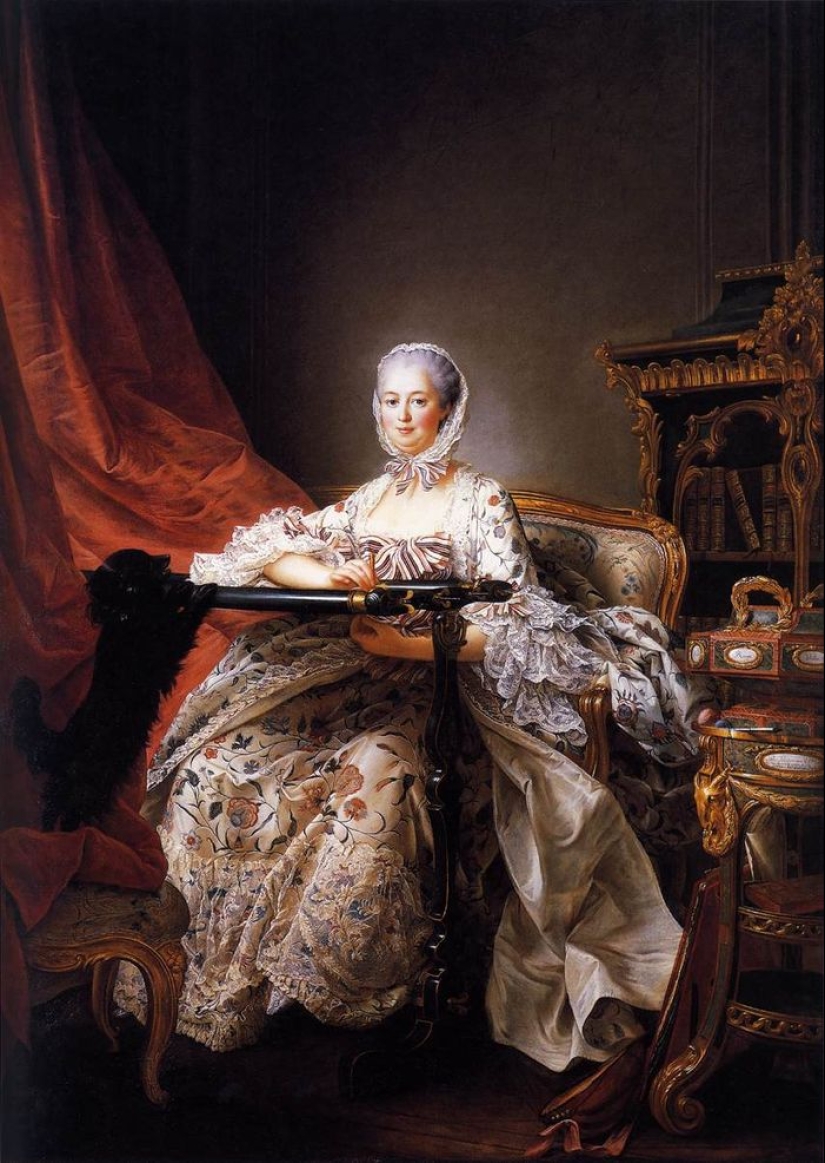
In 1748, Francois Boucher began working for the Marquise de Pompadour, became a frequent guest in Versailles, and four years later he was even allowed to live and work in the Louvre. Francois Boucher knew how to feel what the Marquise wanted. Stronger than champagne, truffles and chocolate, she loved only herself and wanted to remain at least in the paintings dazzlingly beautiful, luxurious and young.
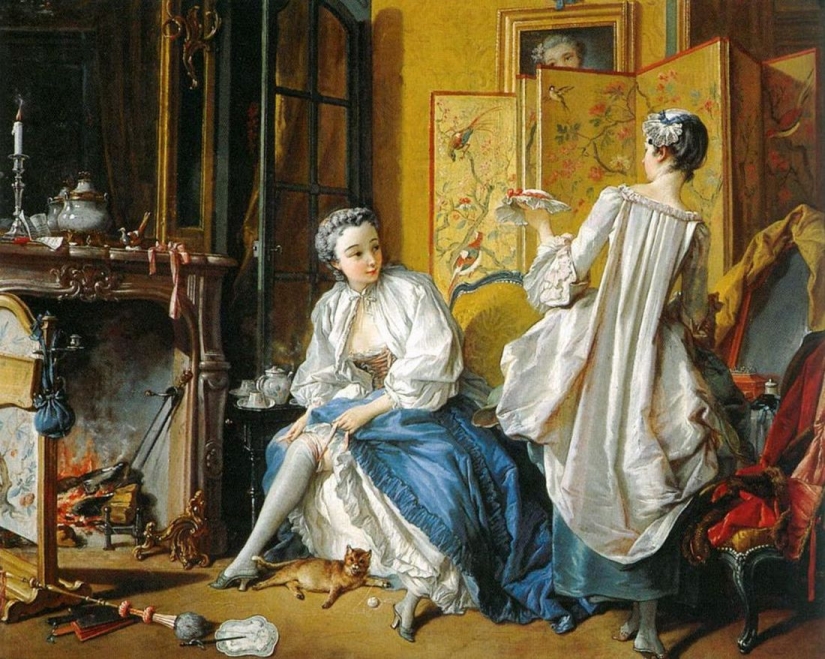
The artist was inundated with private orders: everyone wanted to have paintings of the king's favorite favorite.
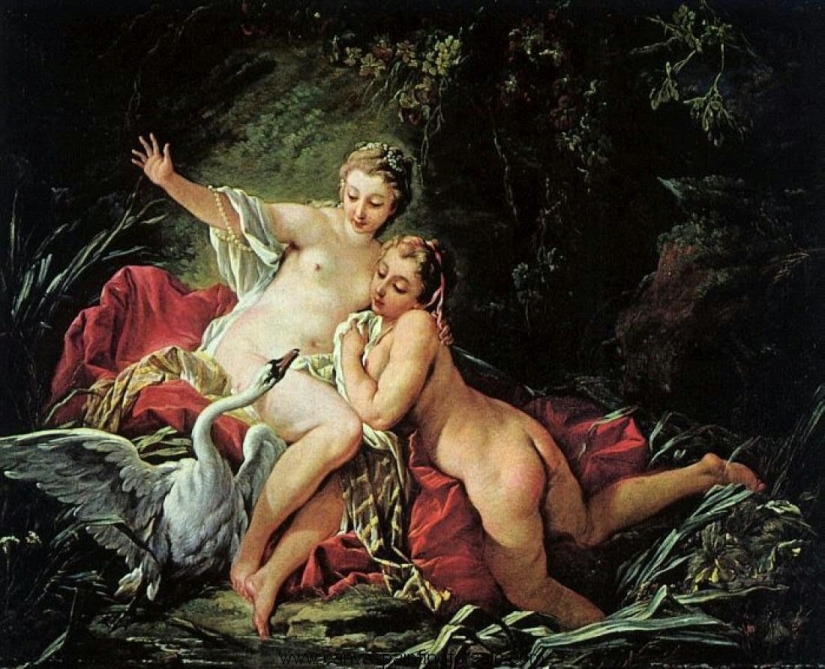
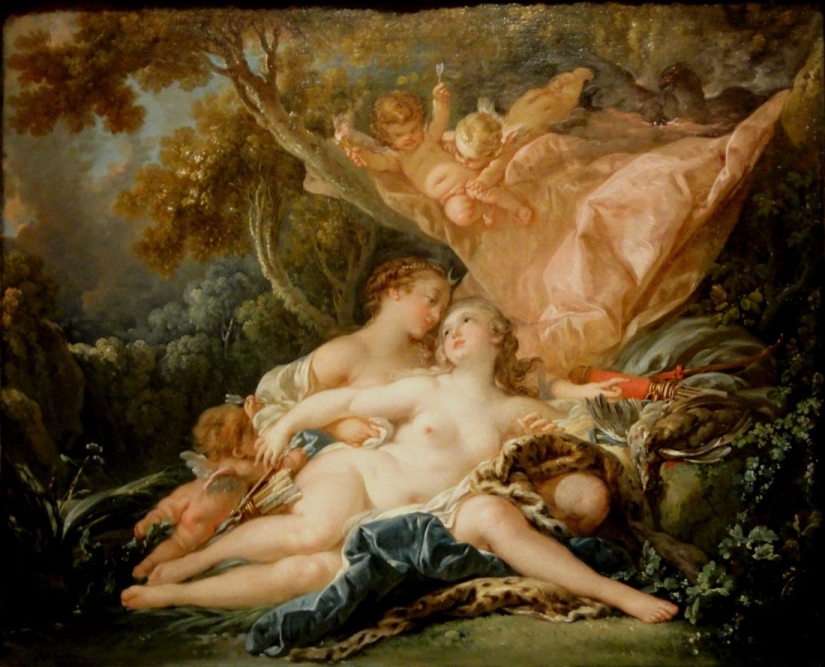
After the death of the Marquise de Pompadour, success came to an end. Few people wanted to buy paintings by Francois Boucher, he was accused of corrupting youth, and the moralist Denis Diderot said: "What can such a painter capture on canvas? Just your dirty fantasies. And what else can be the fantasies of a man who spends most of his time in the company of prostitutes of the lowest order?"
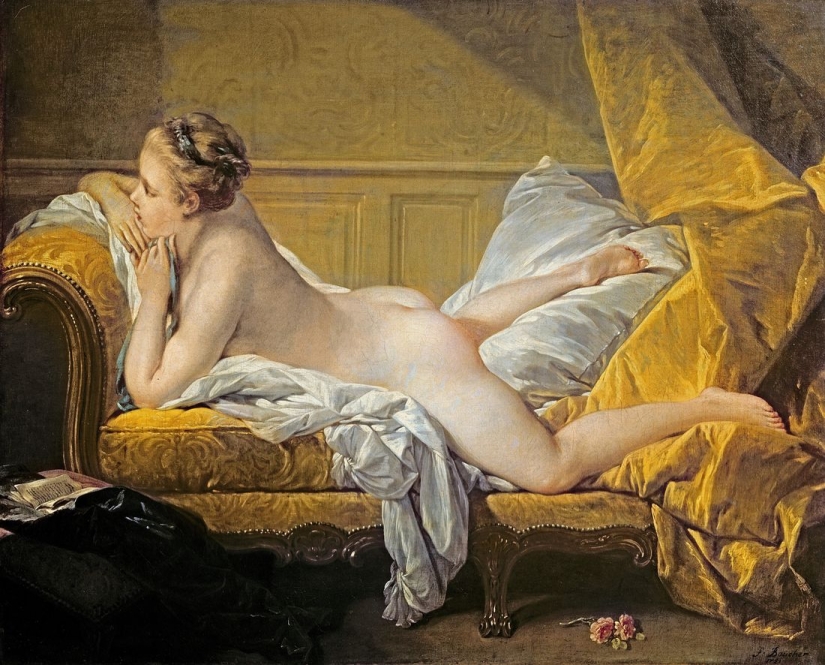
Diderot was right about something: the mores at court were not particularly strict. For the painting "Blonde Odalisque" Boucher posed for the mistress of Louis XV, who was about fifteen years old. There is a legend that Boucher invited marquis and countesses as models, who found special pleasure in posing nude.
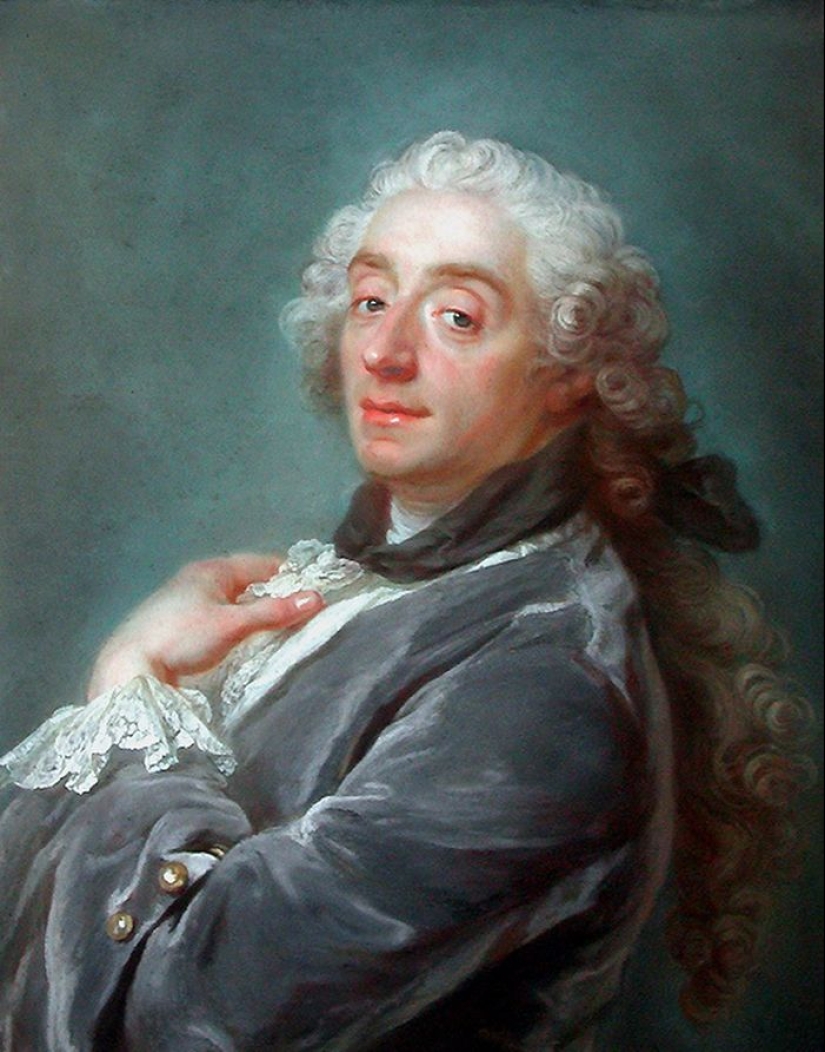
Today, art critics do not rate Francois Boucher's paintings very highly: recognizing the skill, many French experts believe that some of the paintings are not distinguished by artistic taste.
Recent articles

Arthur Pollock has worked as a news photographer for over forty years and left an archive of thousands of images, reminiscent of ...

In 1947, LIFE magazine photographer Alfred Eisenstadt took a series of photographs at the Swiss resort of St. Moritz, an island of ...

Most artists strive for fame. This is not surprising, because fame helps to gain a solid audience of fans and sell paintings ...